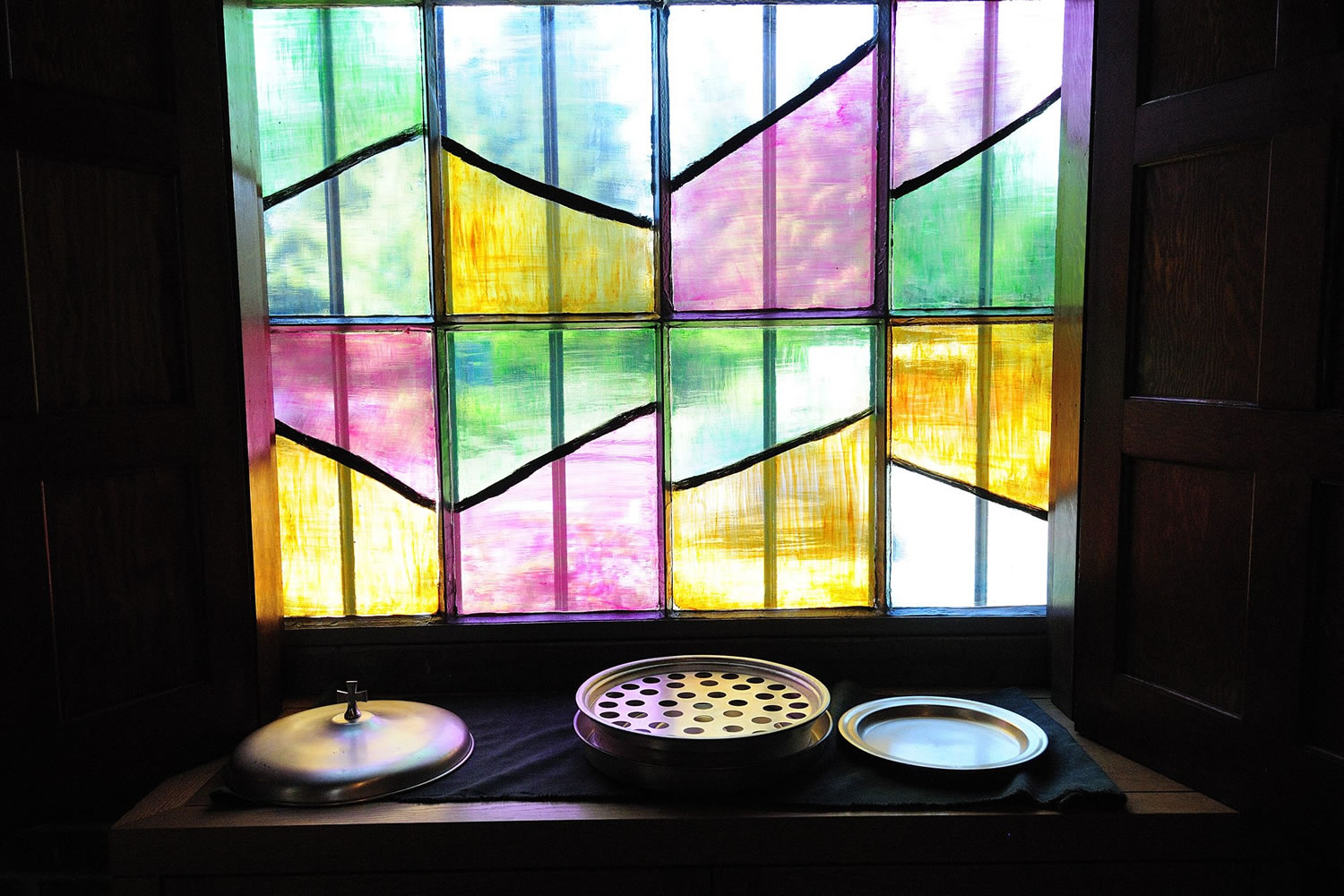• 1792: American Capt. Robert Gray discovered the mouth of the Columbia River. Later, British Capt. George Vancouver sent Lt. William Broughton up the river, and he went as far as the site of Washougal, naming Point Vancouver -- 20 miles upstream from present-day Vancouver -- in honor of his captain.
• 1805: Capt. Meriwether Lewis and Lt. William Clark visited and camped along Lake River. After wintering at Fort Clatsop near Astoria, Ore., they returned and camped near today's Washougal in 1806.
• 1825: Hudson's Bay Company established Fort Vancouver, the hub of its Northwest fur-trading empire, atop a bluff roughly where the Washington School for the Deaf stands today. Four years later, the company moved the fort to where the current replica stockade was built, closer to the river.
• 1846: A treaty between the United States and Britain established the 49th parallel as the southern boundary of Canada, presaging the transfer of Fort Vancouver to the U.S. Army in 1849.
• Jan. 27, 1857: The city of Vancouver incorporated.
• 1905: A flying field opened at Vancouver Barracks. Now known as Pearson Field, it has been continuously operating longer than any other airfield in the United States.
• Valentine's Day, 1917: 40,000 celebrants opened the Interstate Bridge, the last link in the Pacific Highway from Canada to Mexico. In 1958, another span was built alongside the original to meet the travel demands of a growing population and economy.
• 1942: Riverfront property owned by Vancouver's Hidden family was transformed into Kaiser's Vancouver Shipyard. During World War II, about 120,000 men and women came to build ships for the fight against Germany, Italy and Japan. The first ship, the S.S. George Vancouver, was launched July 4, 1942. The last ship was outfitted in May 1946.
• Nov. 24, 1971: On Thanksgiving eve, a man giving the name Dan Cooper hijacked a Northwest Orient flight from Portland to Seattle. He collected parachutes and $200,000 in ransom money in Seattle and parachuted out somewhere over Ariel into a cold, rainy night. He's never been found. But in 1978, an 8-year-old Vancouver boy uncovered $5,800 of Cooper's loot on a Columbia River beach near Frenchman's Bar.
• May 18, 1980: The largest landslide in recorded history uncorked a gas-charged reservoir of magma from Mount St. Helens. The eruption leveled 230 square miles of forest, killed 57 people and shot a plume of ash 15 miles high.
• 1982: The Glenn Jackson Bridge linked Interstate 205 between Portland and Cascade Park, setting the stage for rapid growth in what became east Vancouver.
• 2009: Vancouver's population reached 164,500 and it maintained its position as the state's fourth-largest city after Seattle, Tacoma and Spokane.
• 2011: Military activity ended at Vancouver Barracks, with the site destined to be transferred to the National Park Service.




